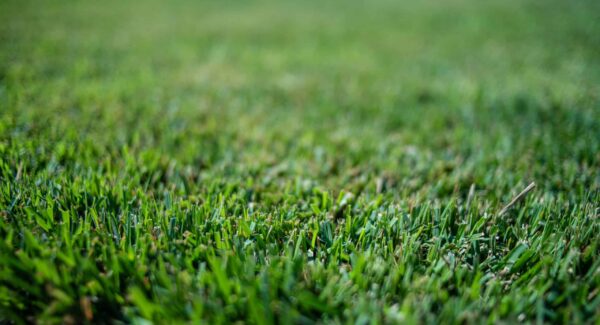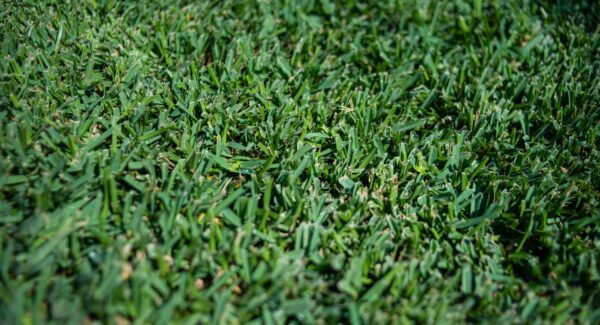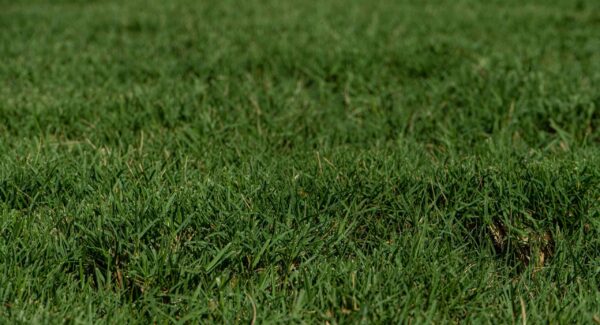Grass Seed vs Sod – Thorough Comparison
Every great lawn begins with a single decision: should you lay out sod or sow grass seed? This choice is far more than a practical step – it’s the starting point of transforming your outdoor space for years. But before you decide, closely examining where you’re starting is essential. The condition of your soil, the amount of sunlight your yard gets, and the current state of your lawn all play a crucial role in determining whether sod or seed will bring you the best results.
Sod offers the instant gratification of a ready-made green carpet, while seed invites you to nurture and watch your lawn grow from the ground up. Each option comes with its challenges and rewards, and your decision will depend not only on the look and timeline you’re aiming for but also on how well the method aligns with the conditions of your yard.
Choosing the correct method means aligning your vision with the realities of your lawn’s starting position. In this post, we’ll explore the benefits and drawbacks of both options, helping you understand how each method works and which one is best suited to create the lawn you’ve been dreaming of.
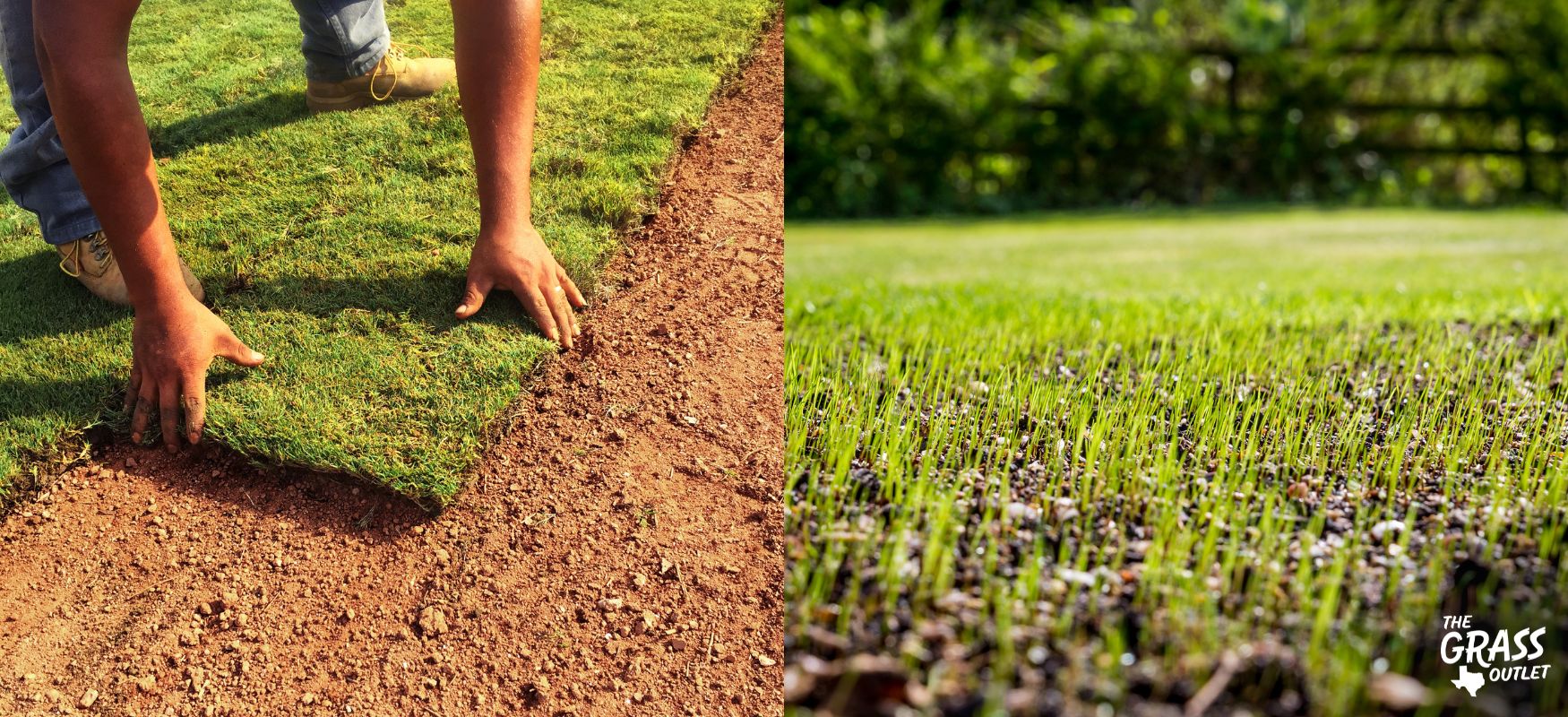
Understanding Grass Seed and Sod
What Is Grass Seed?
A grass seed is a dormant, living organism designed to grow grass under the right environmental conditions. Each seed is carefully developed to remain inactive until it encounters adequate moisture, oxygen, and suitable temperatures, which trigger the germination process. This natural dormancy ensures seeds can stay viable for years when stored properly, waiting for the right moment to begin growth.
When planted, grass seeds absorb water in imbibition, which activates metabolic processes and triggers cellular division. The seed develops a root (radicle) to anchor itself in the soil, forming shoots that grow upward toward sunlight. As the young grass blade emerges above the soil, photosynthesis begins, accelerating growth and producing the lush grass we recognize.
Grass seed thrives when provided with the right conditions and care, offering a reliable way to establish a healthy, vibrant lawn. Each seed contains all the components needed to grow into a mature grass plant capable of producing new seeds, ensuring its survival and propagation.
What Is Sod?
Sod is a layer of mature grass, complete with its root system and a portion of soil, harvested and rolled or cut into sections for easy transport and installation. It’s a pre-grown grass solution that allows homeowners and landscapers to create an instant lawn by placing it directly over prepared soil. Available in rolls or square pieces, sod is a convenient and efficient way to establish a lush, green lawn.
Unlike grass seed, which requires time and care to germinate and grow, sod offers a faster alternative. It provides an immediate green cover, making it ideal for starting new lawns, repairing bare patches, and stabilizing soil in areas prone to erosion, such as slopes or newly constructed properties. Once installed, sod can typically be walked on and used within a short period, offering a practical solution for those who need quick results.
Sod is cultivated on specialized farms where turfgrass is grown under optimal conditions. These farms grow and maintain the grass until it reaches a mature, healthy state, at which point it is harvested and sold.
Modern turfgrass cultivars are bred for specific purposes, including drought resistance, shade tolerance, and low maintenance, ensuring that homeowners and professionals can select sod that meets the demands of their environment.
What are the advantages of grass seed?
Sowing grass seed is a time-honored method for establishing a beautiful, thriving lawn. It allows homeowners to cultivate grass suited to their soil, climate, and personal preferences. While it may take longer to achieve a fully established lawn compared to sod, many find the process more flexible, cost-effective, and rewarding.
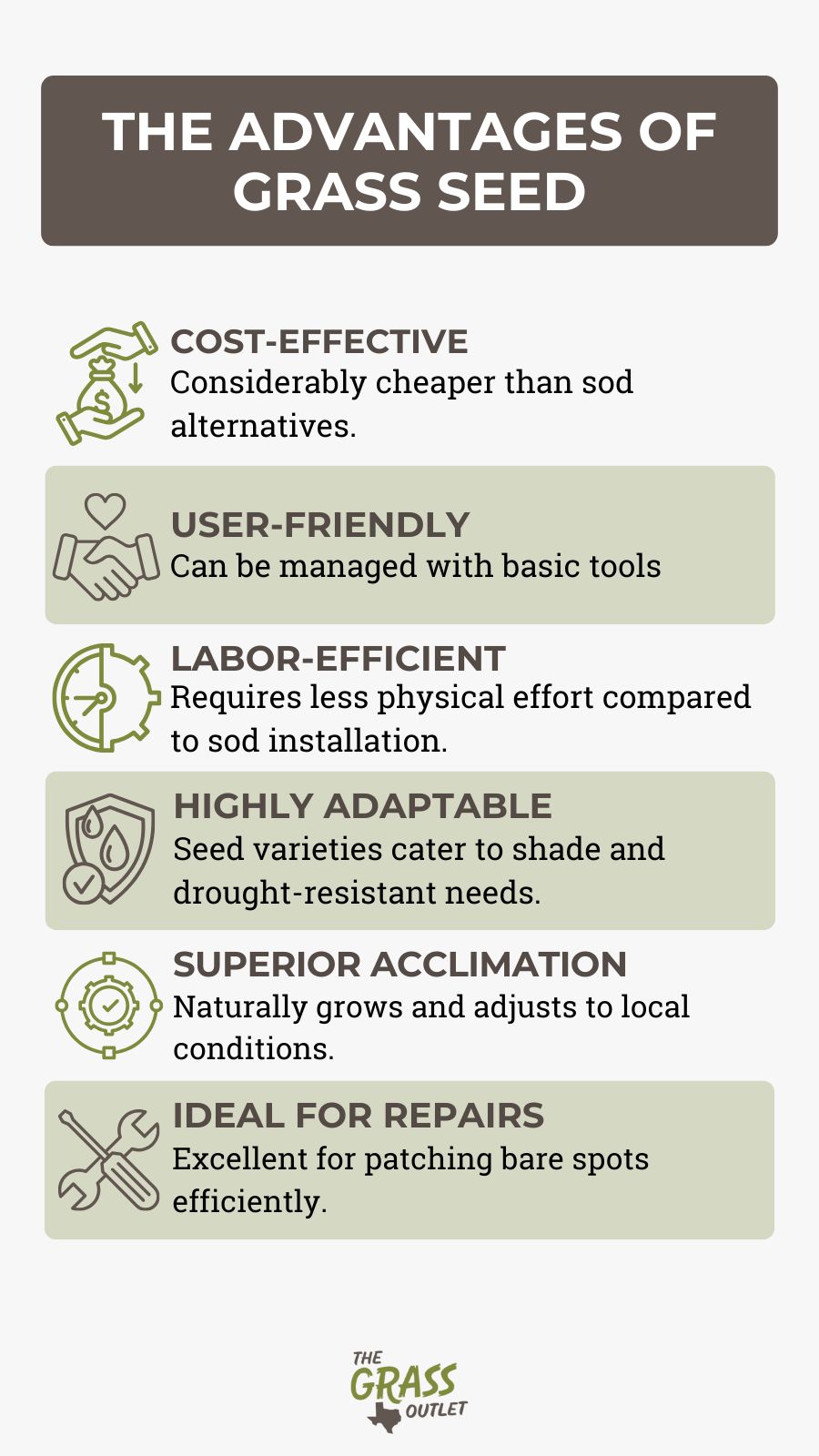
Grass seed is widely appreciated for its affordability and simplicity:
- It is significantly less expensive than sod, making it a budget-friendly option for covering large areas.
- Seeding is easy to manage, requiring only essential tools like a spreader or your hands to distribute the seed evenly.
- The preparation required is similar to sod, but the process of seeding is lighter work and requires less physical labor.
Beyond affordability, grass seed offers unmatched adaptability:
- A wide range of seed varieties allows homeowners to select the perfect type of grass for their needs, whether it’s shade tolerance, drought resistance, or heavy foot traffic.
- Seeded lawns tend to acclimate better to challenging conditions, such as shaded areas, as the grass grows in place and develops naturally.
- It’s an excellent choice for repairing bare spots or thin areas, as seed blends can match your lawn even years later.
What about the Disadvantages of Grass Seed?
While sowing grass seed is a popular and cost-effective way to establish a lawn, it comes with certain disadvantages that require extra time, care, and planning. These challenges can impact the ease and speed of achieving a fully established lawn.
- Grass seed takes significantly longer to grow into a mature lawn compared to sod.
- It may take 10 to 12 weeks for the lawn to become dense and durable enough for light use and an entire growing season.
- Consistent watering and attention are critical during the early stages, as young grass seedlings are prone to drying out.
- Heavy rain or poor drainage can cause erosion, washing away seeds and disrupting growth.
- Lawns grown through seeding are not as dense and hardy as hybrid sod lawns. This slower pace and a higher level of care can make seeding less appealing to those seeking quick results or low-maintenance solutions.
- Seeding must be done during specific times of the year, such as early fall for cool-season grasses, to ensure proper germination and growth.
- Bare soil is vulnerable to weed invasion, which can compete with grass seedlings for light, water, and nutrients.
Advantages of Sod: Why Choose an Instant Lawn Solution?
Sod is the perfect choice for those who want immediate results and a ready-to-use lawn without the long wait. Unlike grass seed, which requires weeks or months to establish, sod provides instant green coverage and transforms your outdoor space the moment it’s installed.
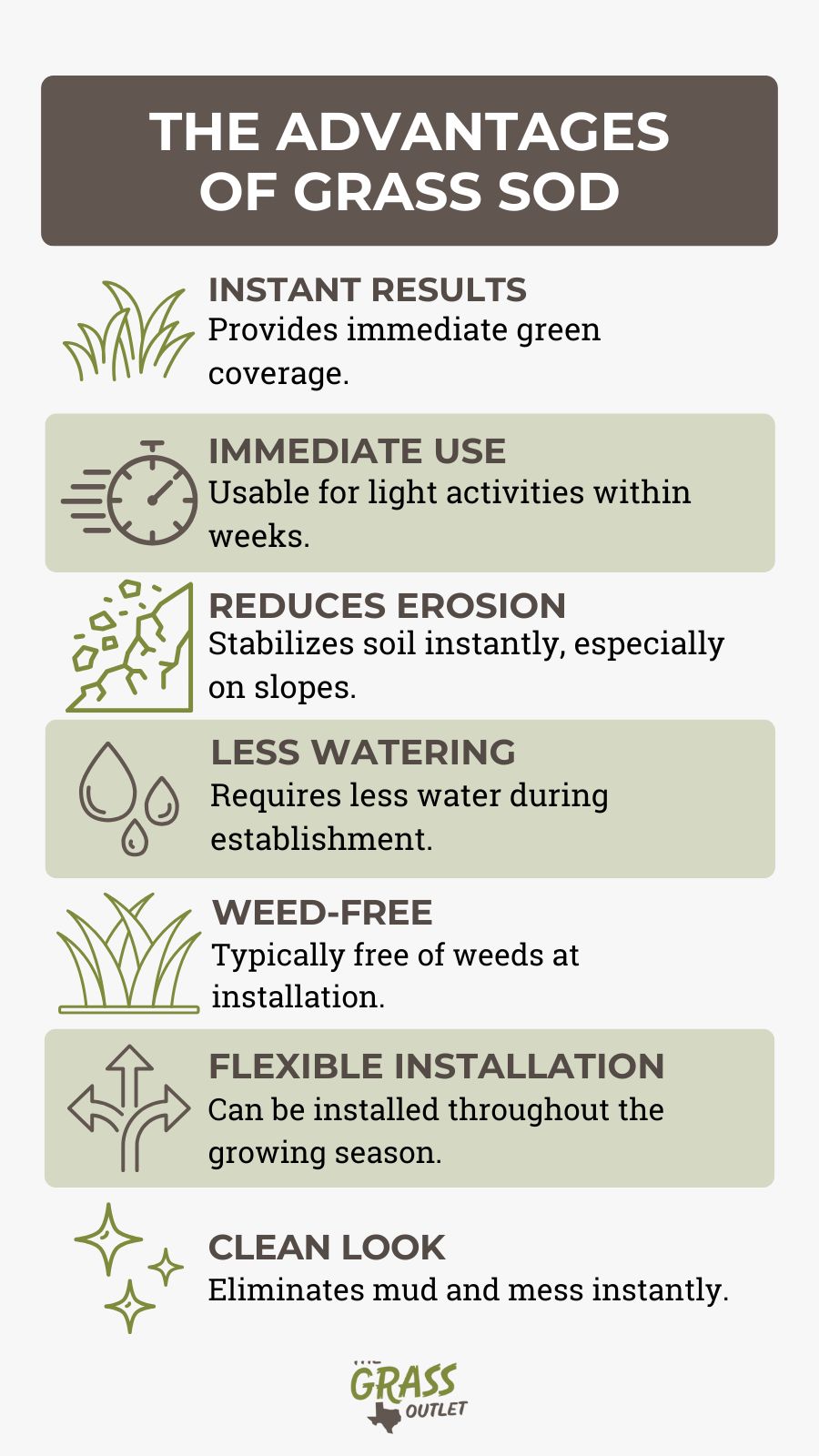
Instant Results and Practical Benefits:
- Delivers a fully formed lawn that can be used for light activities within a few weeks.
- Stabilizes soil immediately, preventing erosion on slopes and reducing mess from mud.
- It requires less watering during establishment than seed and eliminates the risk of birds eating exposed seeds.
- Hybrid sod varieties are hardier and lusher than seeded lawns.
Cleaner, Faster, and Flexible:
- Sod is typically free of weeds at installation, providing a clean and polished look right away.
- Can be installed throughout the growing season, offering greater flexibility than grass seed.
- Covering bare ground immediately eliminates mud and reduces the mess often associated with newly seeded lawns.
Drawbacks of Sod: Consider These Factors Before Choosing
While sod provides instant beauty and convenience, it comes with certain downsides that are worth considering. These limitations may impact your budget, grass variety options, and the overall success of your lawn.
Higher Costs and Labor Requirements
- Sod has a significantly higher upfront cost compared to grass seed, making it less economical for large areas.
- Installation requires precision; improperly laid sod can lead to poor rooting, visible seams, and an uneven lawn. While DIY installation is possible, professional help is often recommended, adding to the expense.
Limited Grass Variety
- Sod restricts your choices to grass varieties grown by sod farms, which may not suit your yard’s unique conditions.
These limitations in variety can be problematic for homeowners with specific needs, such as heavy shade.
Time Sensitivity and Potential Root Issues
- Fresh sod must be laid immediately after delivery, ideally within 24 hours, to prevent drying out and deterioration.
- If not installed and maintained properly, sod may develop shallow root systems, which can affect long-term health and resilience.
Factors to Consider When Choosing Between Seed and Sod
When deciding between seed and sod for your lawn, it’s essential to weigh your priorities, budget, and the specific conditions of your yard. Each method has unique benefits and challenges that can make one option more suitable than the other based on your needs.
Budget Constraints
Grass seed is the more affordable option, costing significantly less than sod, especially for large areas. In contrast, sod requires a higher initial investment due to the labor and resources needed to grow and transport pre-matured grass.
For example, covering 25 square meters with seed can cost $20–30, compared to $250–350 for sod. However, it is important to note that seed costs can increase due to unsuccessful germination losing seeds to rain, wind, and wildlife.
Timeframe for Lawn Establishment
Sod offers the fastest results, providing a usable lawn within two to three weeks of installation. Grass seed, while more economical, requires months to establish and demands consistent care.
Grass seed requires 10–12 weeks to establish, and an entire growing season is needed to mature enough for regular use. The time investment for seed includes daily watering during the germination phase and consistent monitoring.
Site Conditions
Soil Type
Soil quality can sometimes hinder sod and gras seed performance without proper preparation. For instance, if your soil is compacted or sandy, sod may struggle to root unless the soil is amended and tilled beforehand.
Testing your soil’s pH and structure before planting can improve success with either option.
Slope and Erosion Potential
Sod is ideal for slopes and areas prone to erosion, as it immediately stabilizes the soil and prevents washouts. For steep slopes, sod acts as a protective layer, ensuring the soil stays intact while the grass’s roots develop.
Grass seed is more vulnerable to displacement from rain and wind, often requiring additional protective measures. Lawns grown from seed are typically far less dense, which can pose more erosion issues, even once fully mature.
Climate and Seasonality
Optimal Planting Times
Grass seed needs to be planted during specific seasons to ensure proper germination, such as early fall for cool-season grasses. Sod, on the other hand, can be laid at almost any time during the growing season, offering greater flexibility.
However, both methods benefit from moderate temperatures and consistent watering during establishment.
Climate Suitability
Grass seed allows for more customization, enabling you to choose varieties suited to your specific climate and yard conditions, such as shade tolerant grass types.
Sod, while limited to the options grown by local farms, often consists of hybrid and resilient varieties suitable for shade, full sunlight, high-traffic, and more. If your yard has unique conditions, such as deep shade, carefully selecting a seed variety may yield better long-term results.
What are the differences in maintenance?

Establishing and maintaining a healthy lawn requires careful attention to watering, fertilization, and pest control. While seed and sod share some similarities in their needs, each method comes with specific requirements and considerations.
Watering Needs
- Seed: Newly seeded areas require frequent, gentle watering to moisten the soil. This usually involves watering 2–5 times daily, depending on weather conditions, with a fine mist from a sprinkler or hose nozzle to avoid washing away the seeds.
Best time for watering is early in the morning or evening when evaporation rates are lower. Consistent moisture is crucial during germination until the seedlings develop a strong root system.
- Sod: Sod also needs immediate and intensive watering after installation. The goal is to keep the soil beneath the sod consistently wet until the roots take hold. Water daily for the first two weeks, ensuring 1 inch per session is applied to each zone.
After this period, gradually reduce the frequency while increasing the watering depth to encourage deeper root growth. Freshly laid sod should never dry out, as this can hinder root establishment.
Fertilization and Soil Preparation
- Seed: Soil preparation for seed involves thorough leveling, debris removal, and a starter fertilizer high in phosphorus to promote root development. Testing the soil’s pH before planting is essential; grass typically thrives in soil with a pH between 6 and 7.5. Ongoing fertilization is needed every 6-8 weeks to support growth, especially during the first year.
- Sod: Sod requires less intensive soil preparation compared to seed but still benefits from good soil structure and nutrient content. Before installation, test the soil for nutrient levels and pH and apply an organic fertilizer if needed. Add a few inches of a ladnscape soil blend to promote quick, healthy roots.
Weed and Pest Control
- Seed: Newly seeded areas are particularly vulnerable to weeds, as bare soil creates ideal conditions for germinating weed seeds. To minimize this, prepare the soil thoroughly and use high-quality, weed-free seed. Once the grass seedlings are strong, selective herbicides can be applied to control weeds. Regular monitoring is key during the establishment phase.
- Sod: High-quality sod is typically weed-free at the time of installation, acting as a natural barrier against weeds. However, gaps between sod pieces or poor installation can create opportunities for weeds to grow. Pests are less of an issue with sod initially, but long-term care, including proper lawn mowing and fertilization, helps maintain resistance to weeds and pests.
Practical Tips for Success
- Always use fine mist irrigation for seeds to prevent disturbance, while sod benefits from deep watering immediately after installation to help the roots bind to the soil.
- Test your soil for nutrient levels and pH before planting or installing sod. Grass generally thrives in slightly acidic soil, so adjust pH if necessary.
- Avoid walking on sod for at least 2–3 weeks after installation to prevent damaging the fragile roots.
Cost Analysis
One of the primary drawbacks of installing sod is its considerably higher upfront cost compared to planting grass from seed. The expenses for laying sod typically range between $1,100 and $3,000, depending on the size and condition of your yard. Additionally, this process often requires hiring a professional team to ensure proper installation, which can further increase the overall cost.
On the other hand, planting grass seed is a more budget-friendly alternative. This method involves purchasing seed sufficient to cover the lawn area and using a tool, such as a spreader, to distribute it evenly. The cost of seeding ranges from $450 to $1,800, depending on the grass type and the size of the lawn. One of the most significant advantages of seeding is the wide variety of available grass, allowing you to select the best option for your climate and soil conditions.
Seeding also offers flexibility, as it can be a do-it-yourself project.
Environmental Considerations for Seed and Sod
Planting grass from seed allows for natural integration with the soil, supporting microbial activity and maintaining a balanced soil ecosystem. As the grass grows in place, its roots establish organically, enhancing aeration and promoting healthy interactions between microorganisms and the soil.
Sod plays a crucial role in stabilizing soil. Its dense root system holds the ground firmly in place, reducing the risk of erosion caused by wind and rain. This benefit is particularly valuable for sloped areas, where erosion can be more severe. By minimizing erosion, sod helps retain essential nutrients and organic matter in the soil, supporting healthier vegetation overall.
Green spaces, including grass lawns, contribute significantly to cooling their surroundings by reflecting the sun’s heat and capturing harmful pollutants from the air. This natural process improves air quality, ensuring cleaner and healthier air for everyone.
On hot summer days, areas covered with grass remain noticeably cooler than hard surfaces like stone or asphalt, and they can even be up to fifteen degrees cooler than exposed soil.
Green areas in urban environments offer even more benefits. They act as natural sound absorbers, reducing noise pollution, and they capture dust and dirt particles carried by the wind, improving the overall quality of the air. These spaces enhance the visual appeal of cities and create healthier and more comfortable environments for residents.
Conclusion
Choosing between seed and sod ultimately depends on your priorities. If you’re looking for a cost-effective, adaptable solution and are willing to invest time and effort, grass seed may be the right choice.
For those who value immediate results, reduced maintenance, and erosion control, sod provides a convenient, though more expensive, alternative. You can confidently select the method to give you the lawn of your dreams by carefully evaluating your budget, timeline, site conditions, and climate.
If you have any questions about planting grass and the methods described in this text, please contact The Grass Outlet. Our experts are ready to give you all the answers because we want our customers to be well-informed before buying.
